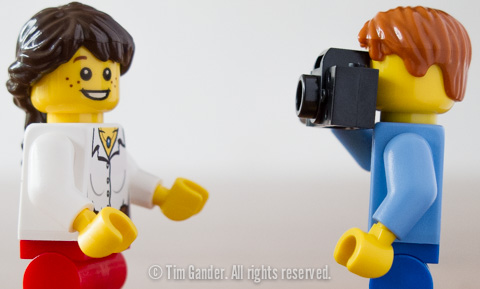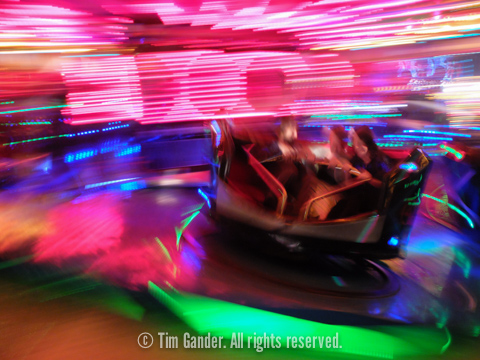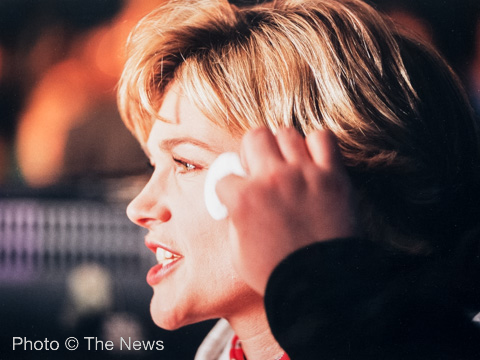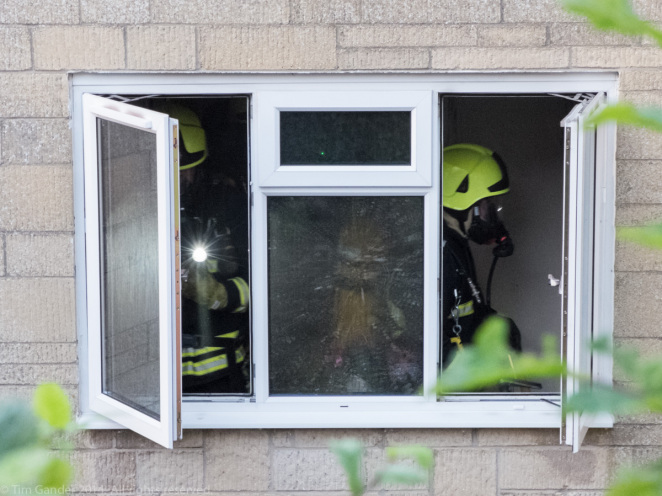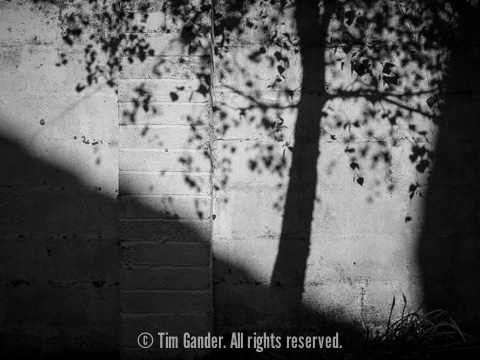First up, happy New Year! Now a bit of a moan to kick off 2015…
I really can’t be bothered with following the lives of celebrities or “celebrities”, but I have become aware of the campaign by Hannah Weller, wife of Paul Weller, to have a law introduced which would make it illegal for “the media” to publish photos of children without explicit or implied consent.
This campaign was born out of the Daily Mail’s publication of photos of the Wellers’ children. The Mail was taken to court and lost, though they are appealing the decision. The Mail tends to be a law unto itself and the contested photos should not have been published in the first place, but that’s what the codes and existing laws are there to deal with. We don’t need more laws just to protect celebrities and their offspring.
My instinct on this matter is that while I sympathise with parents who may have a valid reason not to have photos of their children published, there is already plenty of legislation covering the protection of children’s identities as well as the editors’ code of conduct which further sets out what publications should and should not be allowed publish with regards images of children.
It’s already quite problematic trying to take pictures when children are present, and taking a picture and publishing it are two very different things, but laws such as this which are designed to deal with an extremely specific circumstance tend to become misunderstood and abused. Some people already believe it is illegal for someone to take their photo in a public place, adding legislation just gives another opportunity for a half-remembered, misunderstood piece of legislation to be used to prevent perfectly ordinary, innocent activities.
The campaign concentrates on images published in “the media” which is a vague notion these days and might or might not include social media, including accounts run by non-media organisations. Could an individual posting a photo of a child in the street find themselves before a court?
I hope common sense wins the day. It would be a shame if children became invisible or anonymous in our culture. Already some loal newspapers won’t publish anything more than a first name, even where permission to photograph a child has been given, and this is an unnecessary concession to the paranoia of some parents (or over-protectiveness by schools, colleges, clubs and so on).
A new law will add another layer of criminalisation of a lawful activity and a new opportunity for overzealous protection of children. If the Victorians believed children should be seen and not heard, we could end up in a position where they are entirely invisible.




